In the 1800s, people worked up to 16 hours a day, suffered harsh conditions and minimal job security.
In Victoria today, most people's working conditions have seen some major improvements, like sick pay and shorter working hours. Find out how these changes came to be – how the 8-hour day was born, how unions developed in Victoria, and all about the men and women who fought for workers' rights.
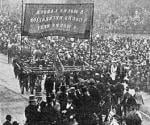
In the 1850s, Victorian tradesmen fought for the right to equal hours of work, rest and play.
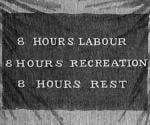
A world first and the beginning of Australia's reputation as a ‘worker's paradise'.

In 1856, Welshman James Stephens had an idea that would change the lives of Victorian workers forever.
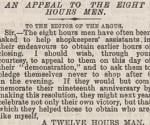
With the 8-hour day won by the stonemasons, retail workers aspired to the same rights.
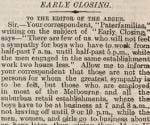
Retail once meant long hours, harsh conditions and endless daytime boredom.
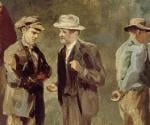
Unions have played a major part in Victoria's political history, from the 19th century to today.
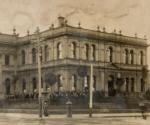
Once a makeshift meeting place for unions, Trades Hall has become a Melbourne icon.

A major Melbourne university began as a place where the working class could better their future.

Lively political debate was a Sunday tradition on the banks of the Yarra River.

With the 2006 industrial relations reforms, Australians once again spoke up for workers rights.












